The Indisputable Pull of GoLang
It’s no secret that software and digitalisation are affecting every sector, given that we are more connected through technology now than ever.
In the UK alone in 2020, there were approximately 408,000 programmers and software professionals employed, and the average salary for top software engineering roles went up by 6% in London!
There are a number of factors affecting the outlook of the sector at large, including remote working, Go’s rise in popularity, and the changes in the traditional routes towards a job in the sector.
What is the current state of the candidate market in Golang and software engineering, and how can you leverage the skills candidates are showing?
The Golang and software engineering outlook
Unlike many other sectors, skill uptake in software engineering has a different approach. Hired found that most software engineers’ primary motivation for learning a new programming language is enjoyment – in other words, software engineers enjoy continuous learning for the challenge.
Additionally, there is a rise in the number of self-taught software engineers, and a decline in the relevance of traditional routes, such as university degrees.
The pandemic has accelerated these factors, as more software engineers upskill, particularly in areas such as Go, as companies shift towards prioritising skills over credentials and traditional academic backgrounds.
When it comes to the rising popularity in learning coding languages, Go saw the highest demand of 2.3x more interview requests, making it an in-demand skill for software engineer candidates.
Recent changes
Whilst the Covid-19 pandemic led to significant dips in recruitment and employment, the tech industry has proven to be resilient.
Unlike many of the sectors that saw decreased demand or a pause in hiring, there has been a continually high demand in the tech sector, even with remote work – additionally, 54% of software engineers are more productive when working remotely!3
Job postings for software engineering accounted for the largest share of postings in the tech sector, at a time when IT has seen solid and consistent growth in overall employment.
Long story short? Jobs in software engineering are thriving, and this isn’t likely to slow down when taking into account greater digitalisation.
The current skill trends in software engineering
Part of making the best match between a candidate and an employer is a clear assessment of skills, but which skills are trending in the sector?
Go has been consistently the most in-demand coding language according to combined data from Vettery and Hired, landing candidates with this skill an average of 9.2 interview requests4.
Interestingly, Go, Scala, and TypeScript are highest in demand across the marketplace, whether engineers have 4 or 10+ years of experience. As these skills are so coveted, they’ll receive the most interview requests from companies.
There is a renewed passion for coding for enjoyment amongst many software engineers also, with 39% contributing to open source software for fun.
For employers, this means that candidates display a variety of in-demand soft skills, such as:
- Critical thinking
- Desire to learn
- Innovation
- Problem solving
- Enthusiasm
- Self-direction
How can you access the skills candidates are currently showing?
With the multiple changes that have shifted the sector, comes a change in the skills candidates have and the process of hiring them.
A staggering 1.1 million developers use Go as a primary language, but if we include professional developers that use Go in combination with other coding languages, it’s closer to 2.7 million. Go is likely to become even more popular with each passing year.
There are a few factors to consider when searching for the most in-demand skills from candidates.
The hiring process
Traditionally, software engineers have to go through a several-step hiring process, with coding exams, whiteboarding sessions and behavioural interviews.
That may be set to change, however, as 80% of software engineers state that most of the coding exams and methods during the hiring process are irrelevant to their day-to-day work as an engineer.
If employers do change their processes to account for this, then the way that employers engage with candidates to gain knowledge of their skills will also change.
Factor in the deviation from traditional academic routes towards a workforce that can be highly proficient when self-taught and companies may be left having to re-evaluate their hiring process to be primarily focused on skills, above credentials.
Go with the trends
According to HackerEarth, Go is the most popular aspiration language to learn, with 32% of professional developers wanting to learn the language, whilst also being the top paid tech skill in 2019, and continuing to be popular in 2021.
Additionally, transferable skills are huge in software engineering.
Stack Overflow’s developer survey found that 75% of respondents learn a new technology at least once a year, and with the similarities between some languages and frameworks, many employers will take proficiency in one coding language for a job requiring another as they may be able to pick it up faster.
Keep an eye out for transferable skills rather than a long list of proficiencies, as you may find a candidate can adapt more effectively to your needs that way.
In terms of demographics, HackerRank has also found Gen Z to be likelier to utilise non-traditional education sources such as coding bootcamps, rather than books or on-the-job training, right as they are poised to become a key talent pool.
Key takeaway
Increasingly, formal education isn’t at the forefront with the future of software engineering, as coding languages such as Go take precedence, alongside non-conventional forms of learning and continual development.
It’s becoming more critical to focus on assessing these soft and transferable skills, rather than credentials, as a candidate who is self-taught and a candidate who has a computer science degree may have a very similar set of programming skills.
If you’d like to find a developer versed in Golang, or gain access to a network of specialists to find the expert for you, get in touch!




